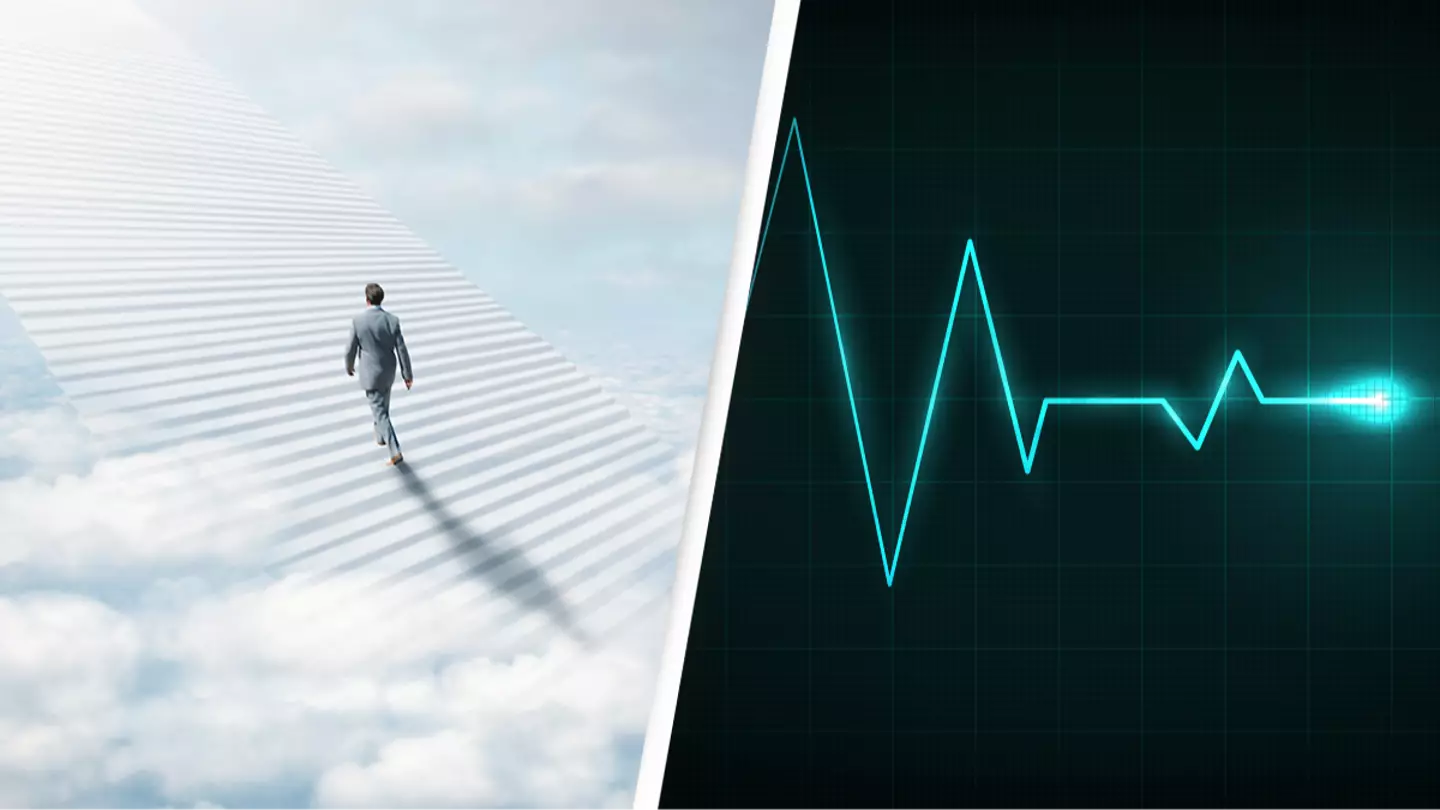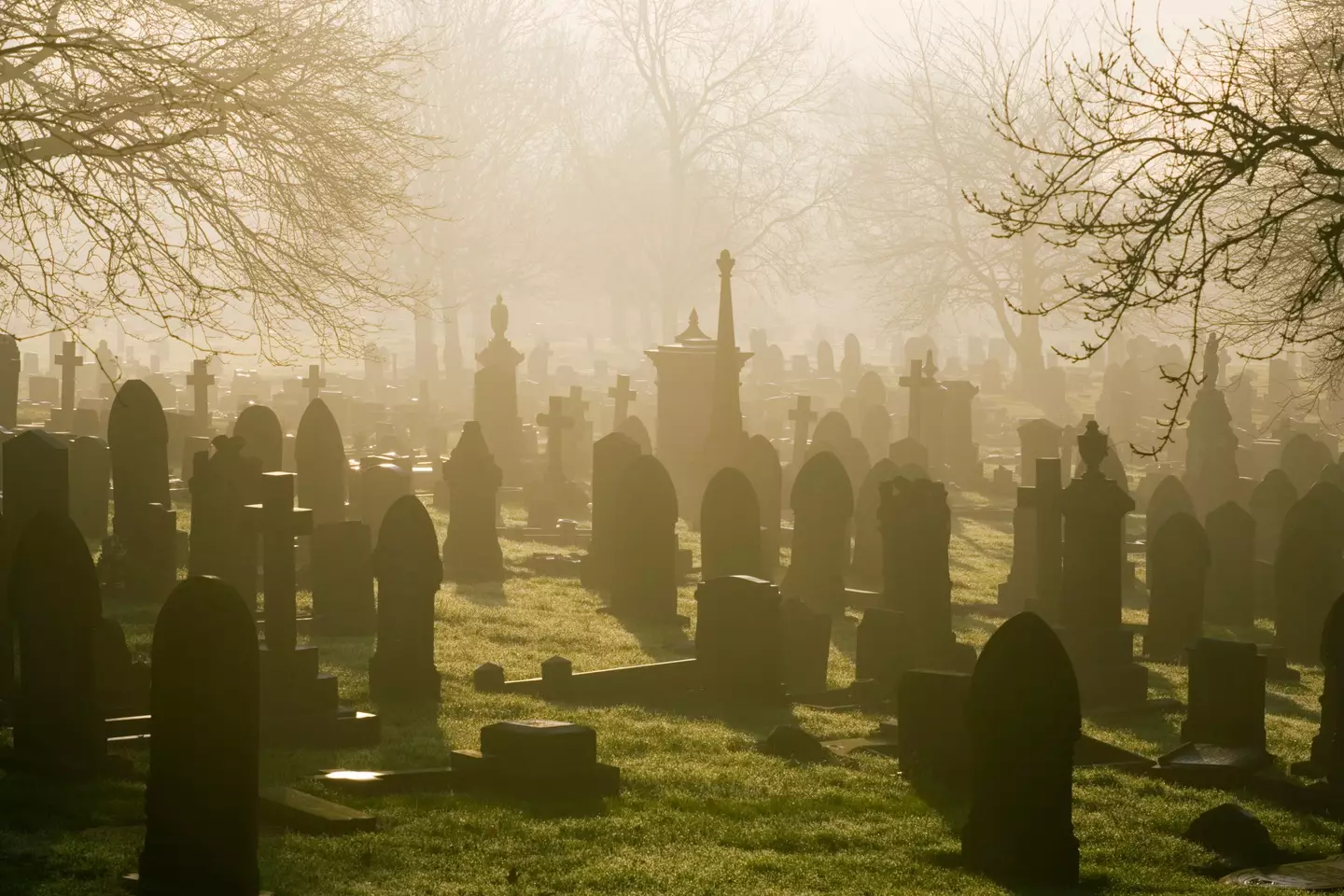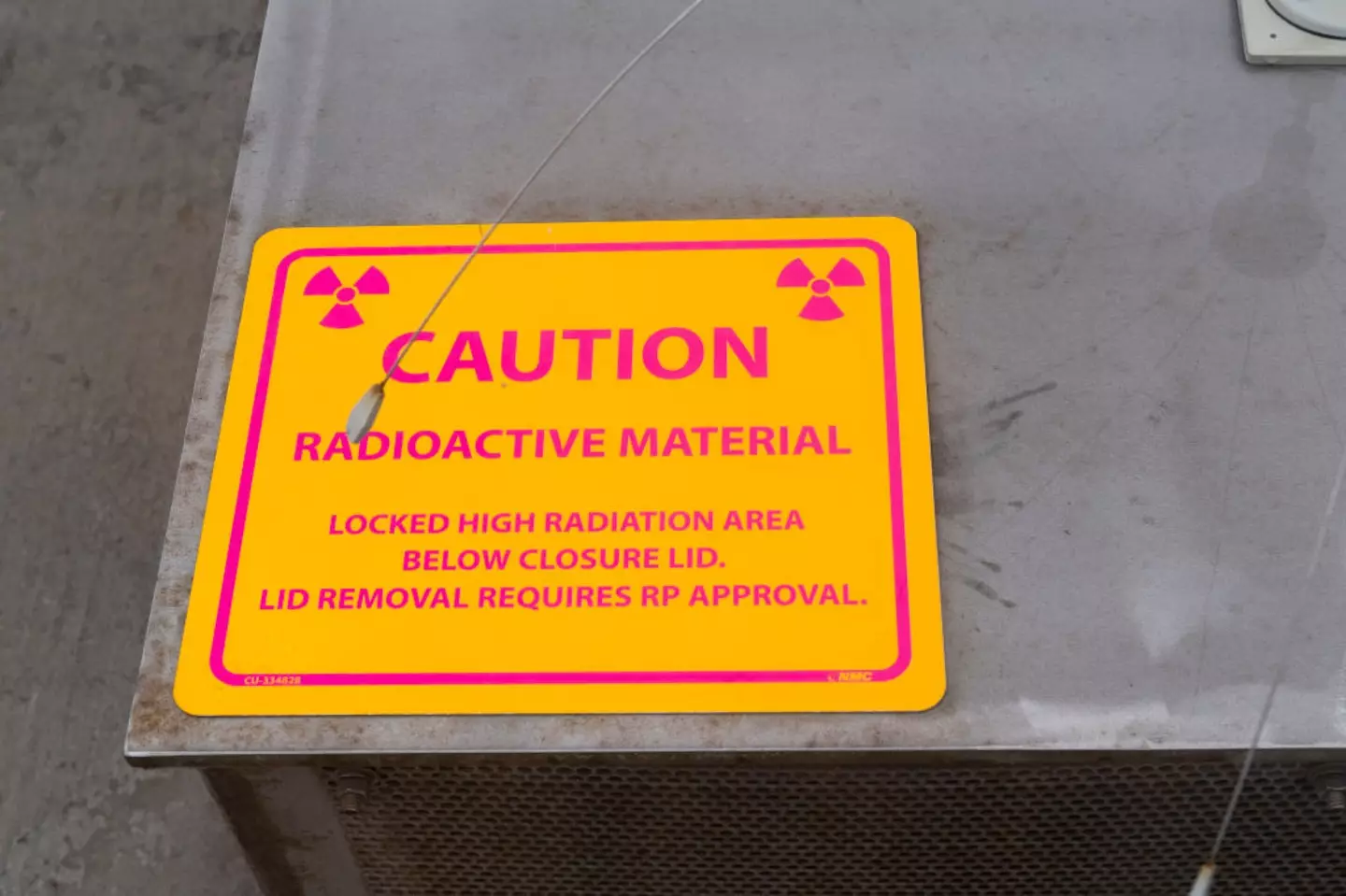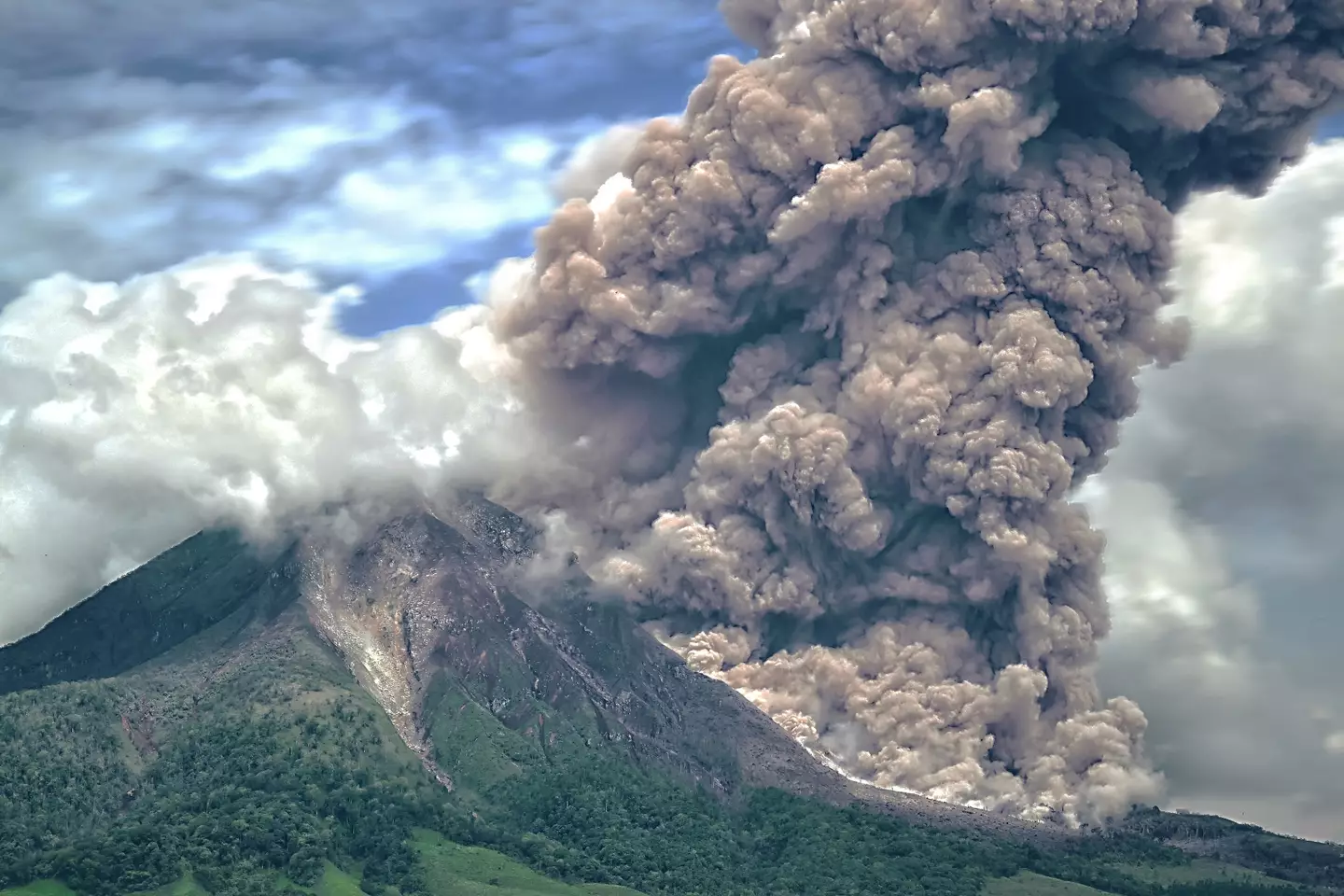
The thought of death is daunting to most people, but scientifically, there is a spectrum in which some deaths are deemed worse than others.
From the man who was stuck upside down in a narrow cave passage for 28 hours, to a rebel leader who was ordered to be eaten alive by his own followers, there are plenty of ghastly ways to die.
But, according to science, these three deaths are the absolute worst.
Being buried alive

One of the ones that make the list is being buried alive. Whilst this may initially sound like a situation you could dig (excuse the pun) your way out of, scientists suggest that it is much harder than it may seem.
Advert
There’s a mixed review on how long a human could survive if being buried alive as some say 10 minutes, whilst others say as long as 36 hours. Unsurprisingly, few people would be willing to put this to the test, further suggesting that this isn’t the best option.
Being buried alive would prove a struggle as not only would you have to claw your way out of a coffin, but also somehow manage to rummage through the soil you’ve been surrounded by.
Unless you somehow happen to have a shovel to hand, this would be difficult. But it has been done before - though with a lot of risk involved.
One daredevil tried to escape from being buried alive and managed to make it four feet before almost dying and needing to be rescued.
Radiation sickness Radiation can be deadly (credit: Paul Bersebach/MediaNews Group/Orange County Register via Getty Images)
Radiation can be deadly (credit: Paul Bersebach/MediaNews Group/Orange County Register via Getty Images)

Unsurprisingly, dying from radiation sickness is awful, with much scientific evidence to support this.
Advert
Victims of nuclear weapons are testament to the ways that radiation can be deadly - in a very slow and painful process too. A horrific example of this is Hisashi Ouchi after an accident at a power plant in Japan.
After a week of doctors trying to save him, he was begging them to stop, and at one point his heart stopped three times, but was restarted after his family requested they keep trying to save him.
In the end it took him 83 days to die as he 'cried blood' and his skin melted off. He eventually died of multiple organ failure.
Pyroclastic flow

Advert
A pyroclastic flow is the most deadly part of a volcanic eruption.
It’s the fast-moving cloud of gas and volcanic matter which spreads out following an eruption.
The pace of the flow is so quick that you can’t unrun it and it destroys more or less everything in their path with temperatures being able to reach temperatures of around 1,000°C.
The heat would quickly kill but the final moments would be horrifying as your skin would be cooked.
Advert
Thankfully, these are extreme cases and the majority of us will likely leave life this way.
